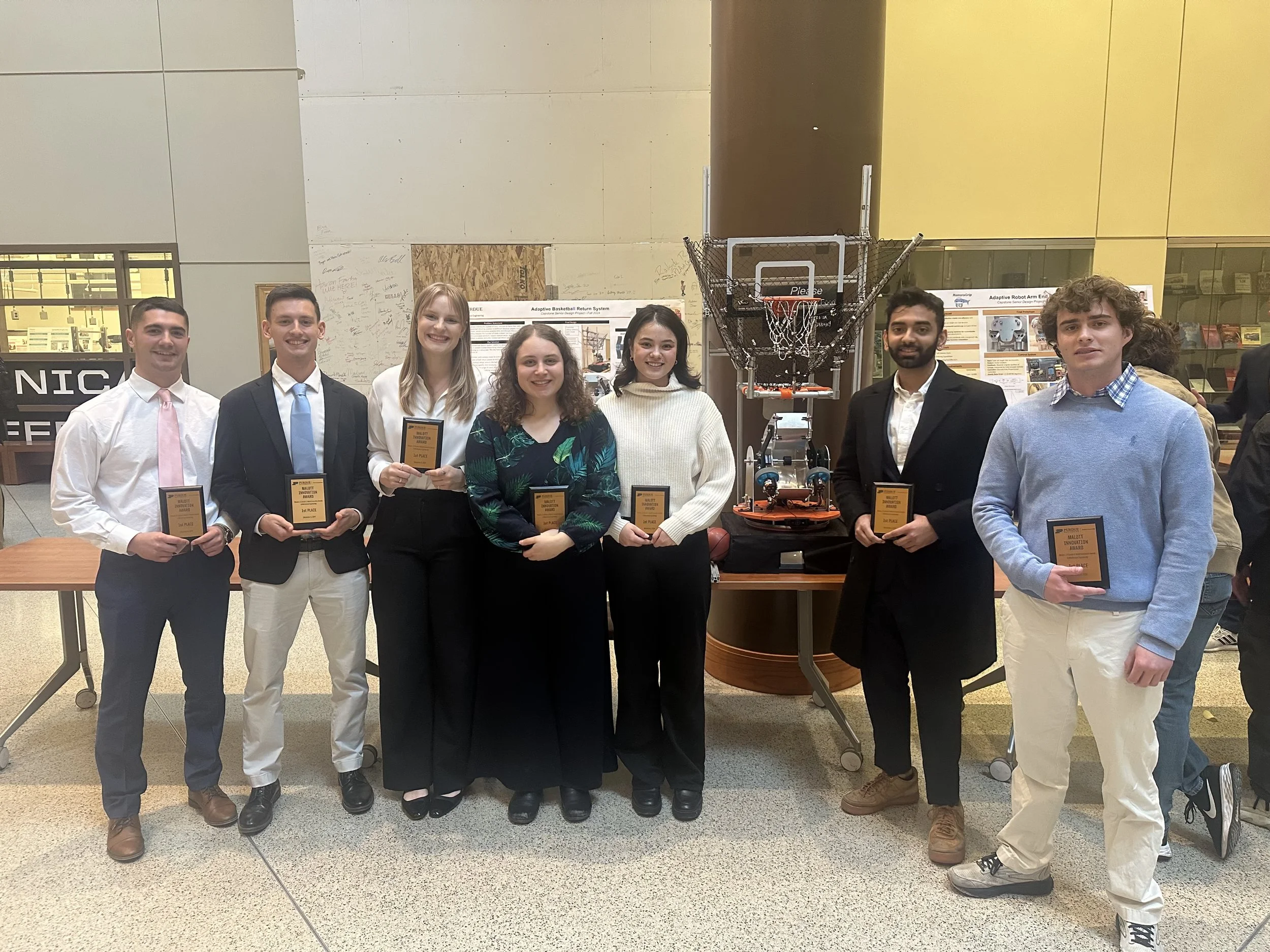"High quality 3D shape measurement using saturated fringe patterns,'' Opt. Laser Eng. (2016)
/[81] B. Chen and S. Zhang, "High quality 3D shape measurement using saturated fringe patterns,'' Opt. Laser Eng. (2016) (doi:10.1016/j.optlaseng.2016.04.012)
Abstract
This paper proposes a method to potentially conquer one of the challenges in the optical metrology community: optically measuring three-dimensional (3D) objects with high surface contrast. We discover that for digitally equally phase-shifted fringe patterns, if the fringe period P is an even number, the N = P/2 x k, (k = 1, 2, 3, ...) step algorithm can accurately recover phase even if the fringe patterns are saturated; and if P is an odd number, N = P x k step algorithm can also accurately recover phase even if the fringe patterns are saturated. This finding leads to a novel method to optically measure shiny surfaces, where the saturation due to surface shininess could be substantially alleviated. Both simulations and experiments successfully verified the proposed method.





